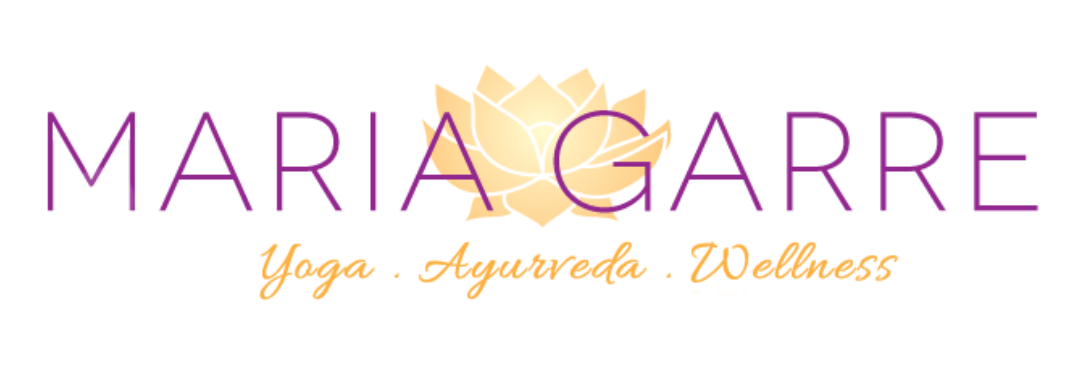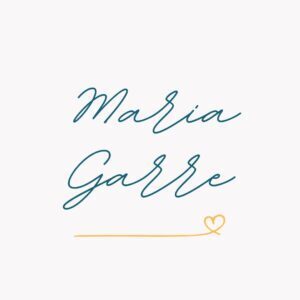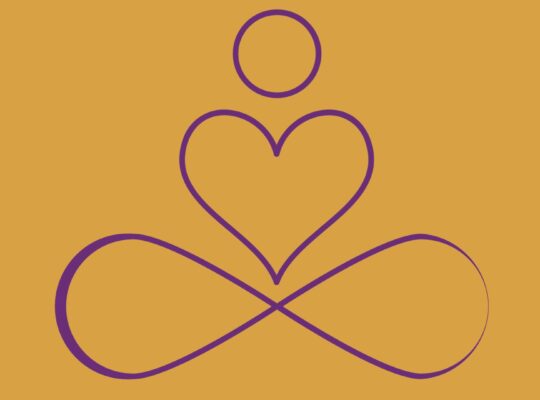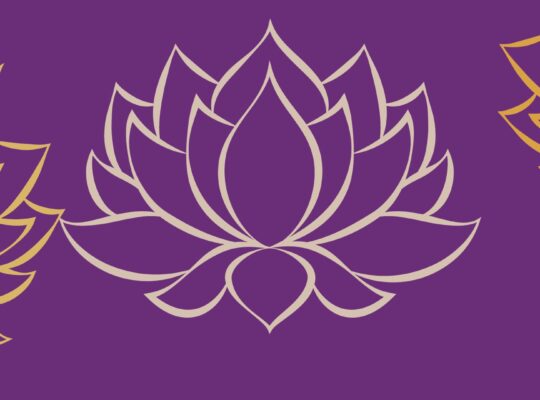USTRASANA | CAMEL POSE
Calms excess Vata and releases stagnant Kapha
Let me guide your December asana practice. It can be challenging to decide how to practice Yoga at home. Although you’re familiar with the poses, determining the optimal sequence and timing may be uncertain. Through the support of Ayurvedic Yoga, December is the perfect month to focus on Ustrasana as it targets the two Doshas, Vata and Kapha, that we are seeking to balance.
Ustrasana, also known as the Camel pose, is a powerful backbend that stretches the entire front of the body. It opens up the chest, shoulders, and throat, releasing tension and promoting deep relaxation. The pose also brings healing to the cardiopulmonary, digestive, and nervous system.
Grounding through the femur and pelvis, activating the spine, expands the chest and throat. But as we near the Winter Solstice, the ancient teachings tell us that it’s time to dissolve all these ego-affirming, attaching activities. Come to the light of the heart and let go of all the attachments.
In addition to its physical benefits, Ustrasana has a profound impact on the energetic body. As we arch back and open our chest, we create space for emotional release and healing that is useful as we near the end of a Solar Cycle. With regular practice, Ustrasana can help us cultivate a sense of inner strength and resilience, transforming not just our physical health, but our overall well-being.
Therefore, as you enter this month of December, let us embrace Ustrasana as a powerful tool for finding balance and nourishing both our body and our spirit. Let us bring awareness to the breath, surrender to the pose, and allow ourselves to be supported by the wisdom of Ayurvedic Yoga. Together, let us embark on this journey of healing and transformation.
How to prepare the body for Ustrasana
Ustrasana requires a flexible spine, stable sacrum, and strong legs. Surrender to ease and grace.
ANATOMY >>> The focus is to strengthen your back muscles (erector spinae, posterior deltoid, trapezius, rhomboid, latissimus dorsi, hamstrings) while at the same time open through the obliques, diaphragm, pectoralis, anterior deltoid, and psoas)
TO OPEN AND STRETCH: The best way to learn how to do this for yourself is to mimic the shape and keep deepening moving in the same direction in stages, and progression.
> In simple Surya Namaskar – you can prepare when you stand and lift your arms over the head and bend back (Urdhva Hastasana), in lunge (Anjaneyasana) extend and open the front of the torso and stretch into your back thigh. In the cobra (Bhujangasana), work on strengthening the spine by lifting without the arms/hands at first to feel the muscles of extension while at the same breath relaxing and expanding toward the heart, ribs, and sternum.
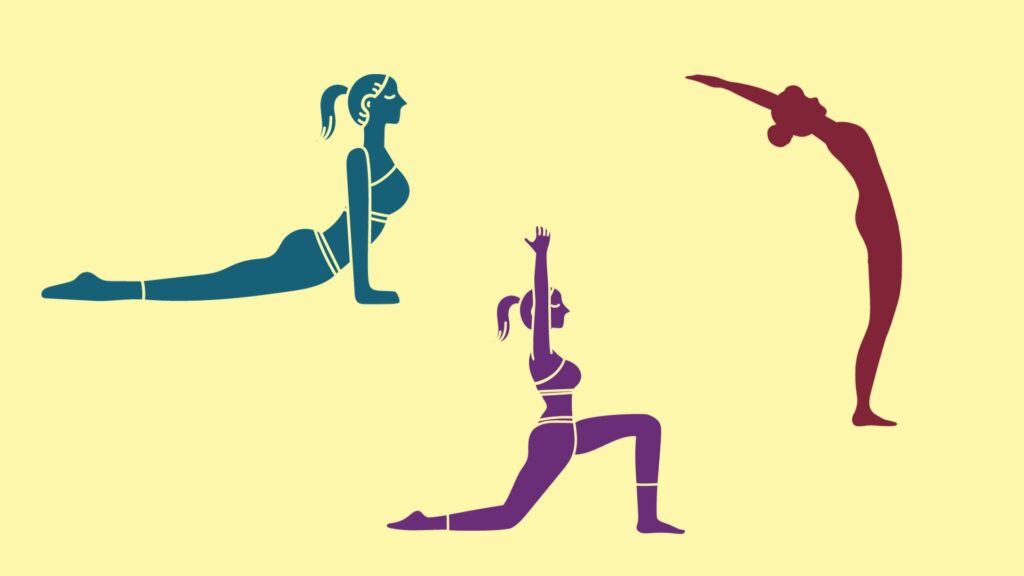
> ALSO TRY Triangle (Utthita Trikonasana) to build strength in the legs, open the side of the torso, and front of the chest and arms.
TO COUNTER: meaning to go the another direction so the body moves in both directions to maintain balance and equanimity.
> Forward bending, and flexion of the spine to release any tension or strain from focusing in one direction. (Balasana, Paschimottansana, Pawanmuktasana)
> Stay in Downward Facing Dog (Adho Mukha Svanasana) for 2 to 3 minutes. Stretch the back of the body, and let the neck and head release any excess tension. breathe evenly and enjoy being upside down and stable. Best if feet are together as a variation.
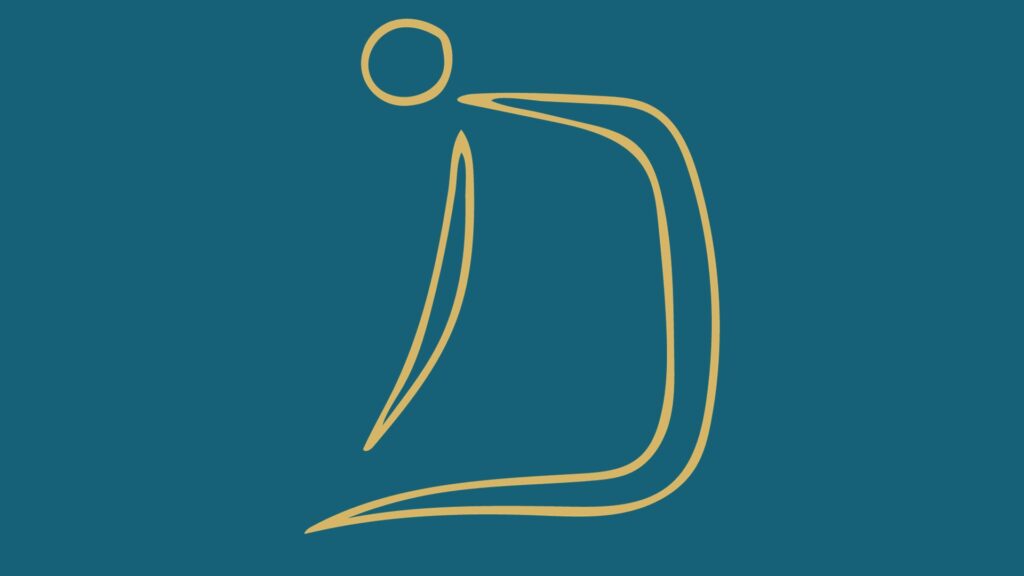
Keep it simple
I often feel Yoga to most seems complicated and difficult to figure out. Which seems silly given that Yoga is the best of simplicity. Oness. Union.
When you enjoy Yoga Asana as a practice, the goal is still the same. The method is Asana. It’s not about how long and how many but rather how present, and how unified you feel. Enjoy exploring Ustrasana as a bodily shape for inner peace.
When we can comfortably be in Ustrasana as a mudra for 1-3 minutes we are helping our ego-dissolving journey. Let’s enjoy asana as it was offered by the Himalayan masters – for self-healing, not self-attachment.
Let us remember that yoga is not about achieving the perfect pose or comparing ourselves to others. It is about embracing the journey and connecting with our true selves. As we continue to explore the depths of asana practice, may we approach it with a sense of self-compassion and gratitude, allowing it to be a transformative tool for self-healing and self-discovery.
Jai
WINTER 2024 YOGA TEACHER TRAINING SESSIONS ARE OPEN FOR ENROLLMENT
200 HR Ayurvedic Foundations ABQ
